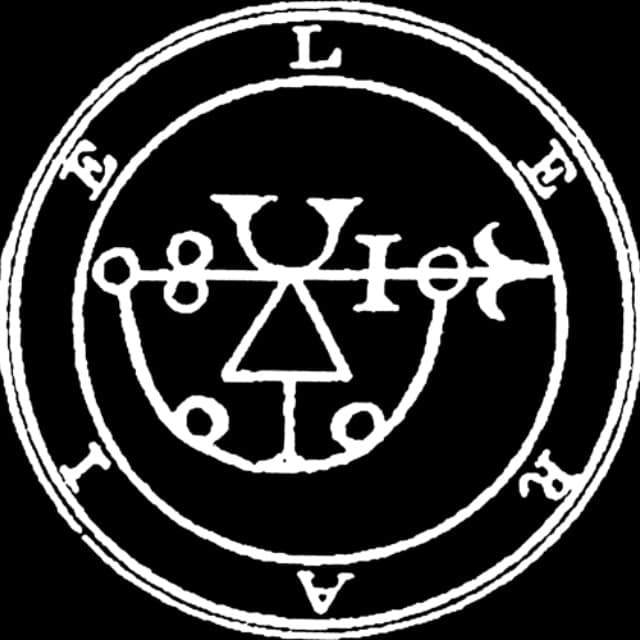I don’t know if this is 100% strictly privacy related but I think it does fall in the sphere of protecting one’s right to express oneself privately.
"Government officials have drawn up deeply controversial proposals to broaden the definition of extremism to include anyone who “undermines” the country’s institutions and its values, according to documents seen by the Observer.
The new definition, prepared by civil servants working for cabinet minister Michael Gove, is fiercely opposed by a cohort of officials who fear legitimate groups and individuals will be branded extremists.
The proposals have provoked a furious response from civil rights groups with some warning it risks “criminalising dissent”, and would significantly suppress freedom of expression."



You’re being purposefully obtuse and you know it. When taking the totality of the circumstances between the two events into account, I still argue that the US sedition acts are wholly irrelevant to the discussion at hand re: modern UK policy and privacy violation creep.
You’re hung up on cherry picking out individual parts of my comment instead.
Your position rests entirely on the US Sedition Act being “too old” to be relevant. If pointing out the short-sightedness of ignoring history - again, your only argument - is “cherry-picking,” so be it.
It doesn’t. Re-read my last two comments, but this time actually read them instead of just getting hung up on the time factor. I used the time reference as short hand assuming basic reading comprehension initially, but then fleshed it out over the next two comments where I discuss what that time difference implies and boils down to when you look at the totality of circumstances and societal/legal norms and technology between the two eras.
I disagree.